Scientists Finally Answer the Question: Why Don’t Humans Have Tails?
The theory of evolution states that humans originated from apes, who have tails. However, humans are tailless.
This has often led to many questions as to why humans don’t have tails. But a recent scientific discovery may now be able to answer and explain this burning question.
Darwin’s Theory of Evolution
Darwin’s theory of evolution states that any living organisms have come from similar species, but with modifications. (via PBS)
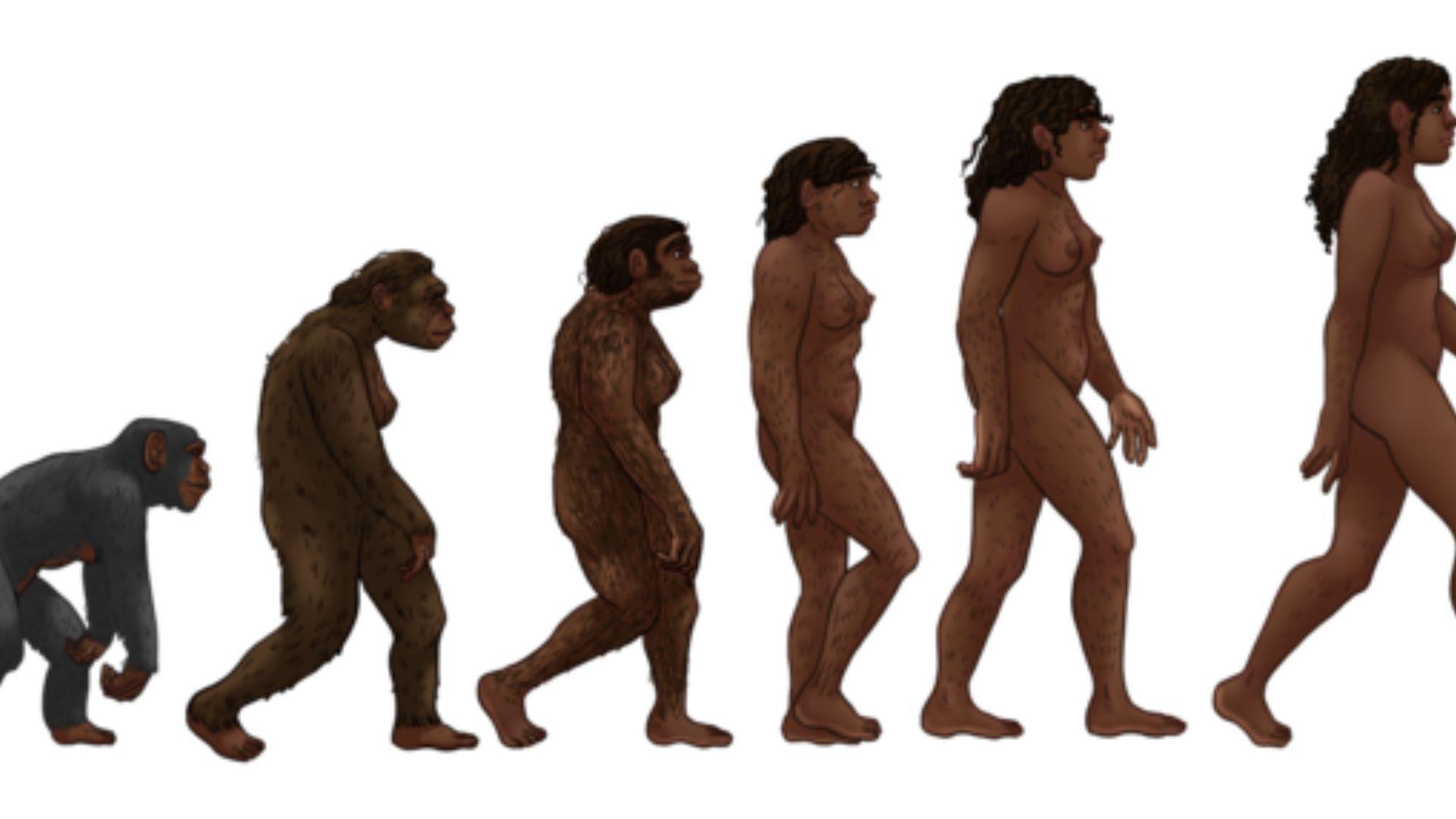
Source: Stadtpflaenzchen/Wikimedia Commons
Darwin’s theory speculated that humans have evolved from apes, but one thing it didn’t explain was why humans are without tails.
Humans Becoming Tailless Happened 25 Million Years Ago
Humans being tailless isn’t a recent phenomenon and is believed to have occurred around 25 million years ago.
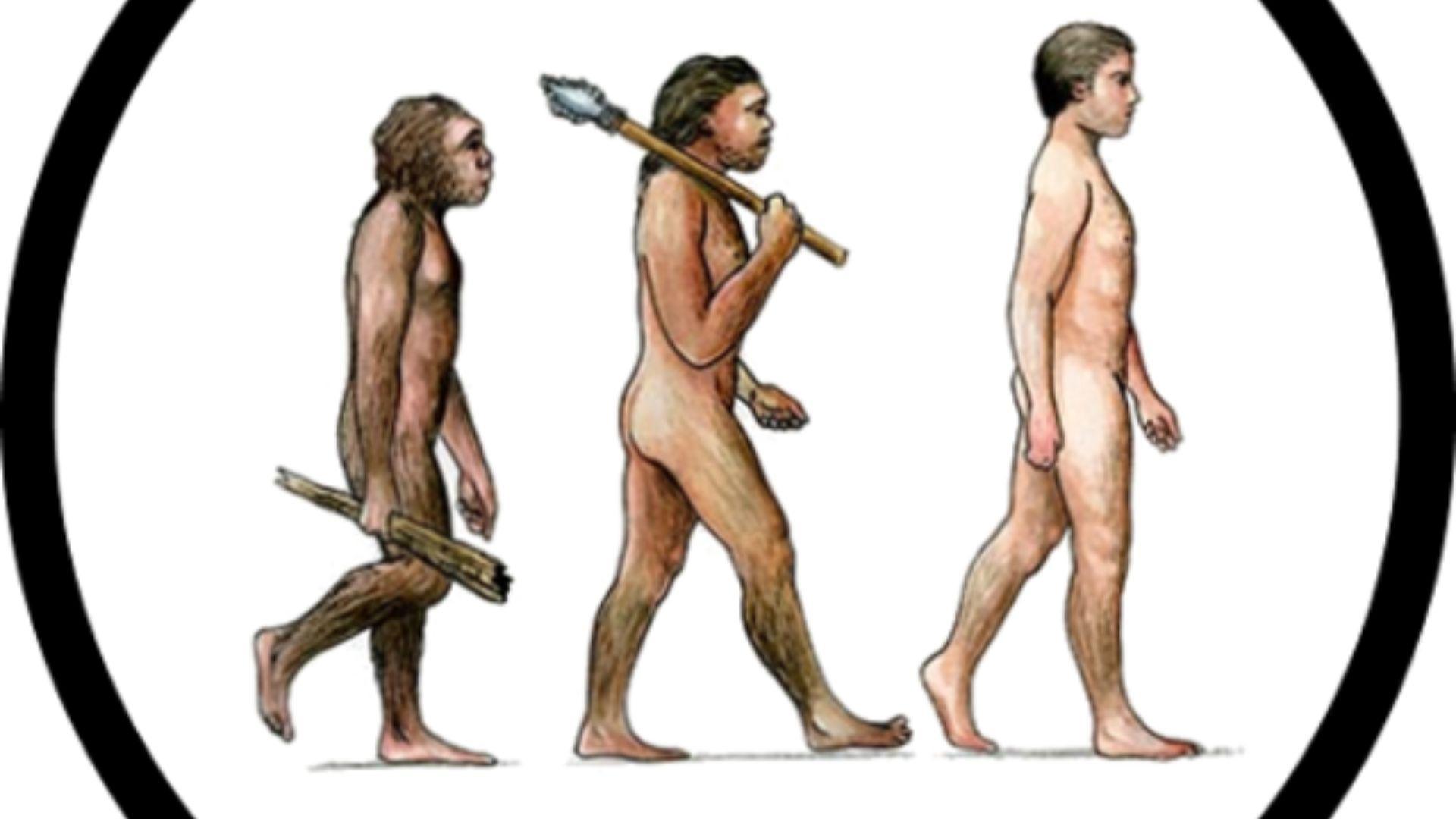
Source: Magnetic Hyena/Wikimedia Commons
This is when apes are believed to have evolved from monkeys, with homo sapiens first appearing 300,000 years ago.
One Mutation Changed Everything
Scientists have recently been looking into why apes have tails but humans don’t, and it turns out it was all down to one genetic mutation.
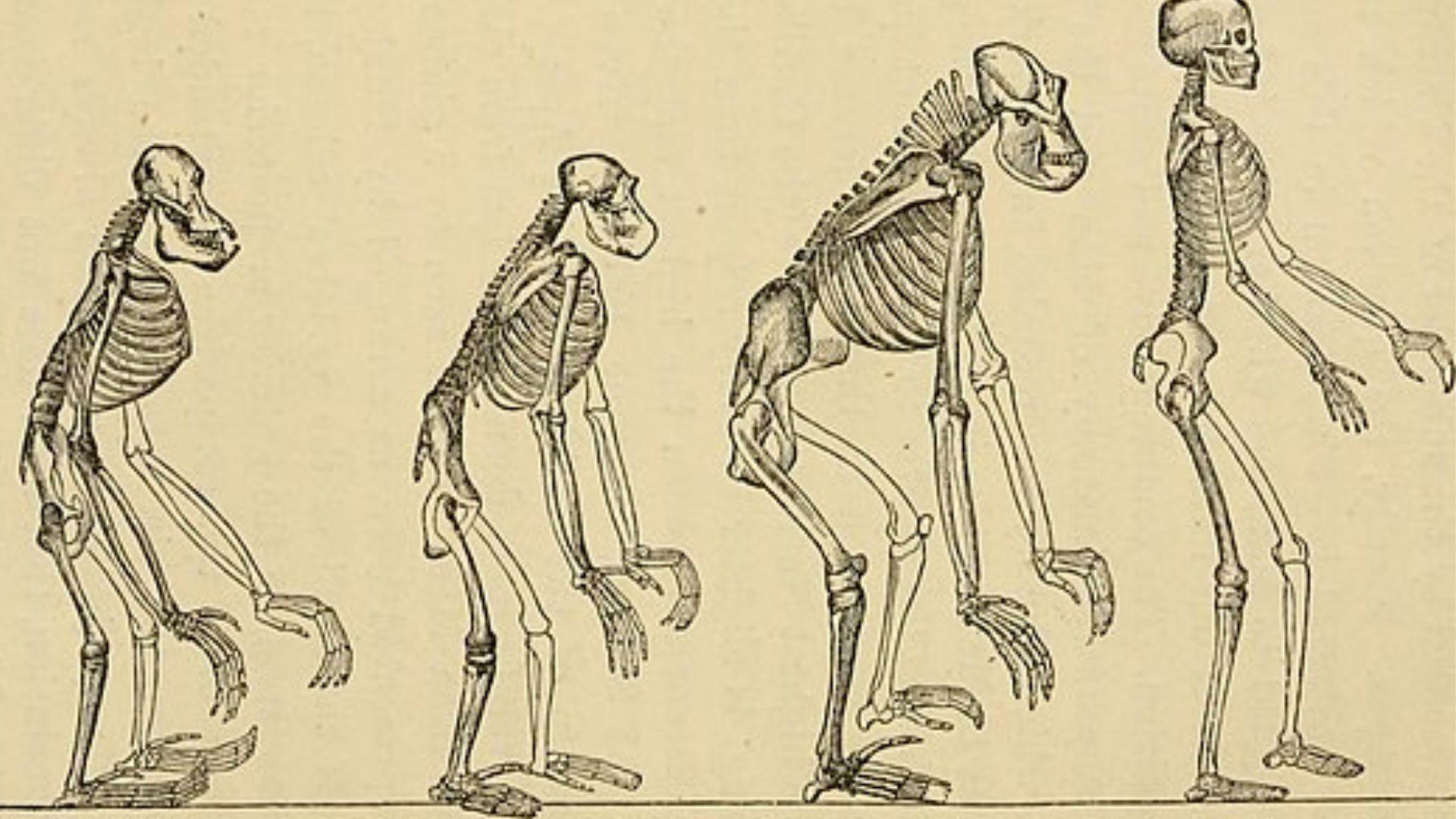
Source: Haeckel, Ernst Heinrich Phillip August/Wikimedia Commons
The findings were published in Nature Journal. One of the geneticists working on the study said they found “a single mutation in a very important gene.”
Different Species of Apes Were Studied
To look into why humans don’t have tails but apes do, researchers studied six species of apes, humans, and fifteen species of monkeys.

Source: Treysam/Wikimedia Commons
They looked at the differences between all of them, and once they found a significant gene mutation, they used the gene-editing tool CRISPR to tweak the same gene in mouse embryos.
The DNA Wasn’t Present in Monkeys
The key to the study was including monkeys, as well as apes, because monkeys have tails, whereas apes do not.

Source: Garst Warren/Wikimedia Commons
This was how the geneticists were able to find the relevant DNA to prove their theory, because the gene that causes monkeys to have tails isn’t going to be present in humans, according to WION.
Mice Helped Prove Their Theory
By editing the genes in mice to test for which gene might have caused humans to not have tails, the scientists were able to prove their theory.

Source: Celestin Billeter/Wikimedia Commons
What happened when the mice were born was that tweaking this specific gene caused them to be born without tails, therefore proving the theory of why humans don’t have tails. (via AP News)
The DNA Changes Aren’t Due to Mutation
Where many theories have stated that genes have mutated over time, this recent study went against that.
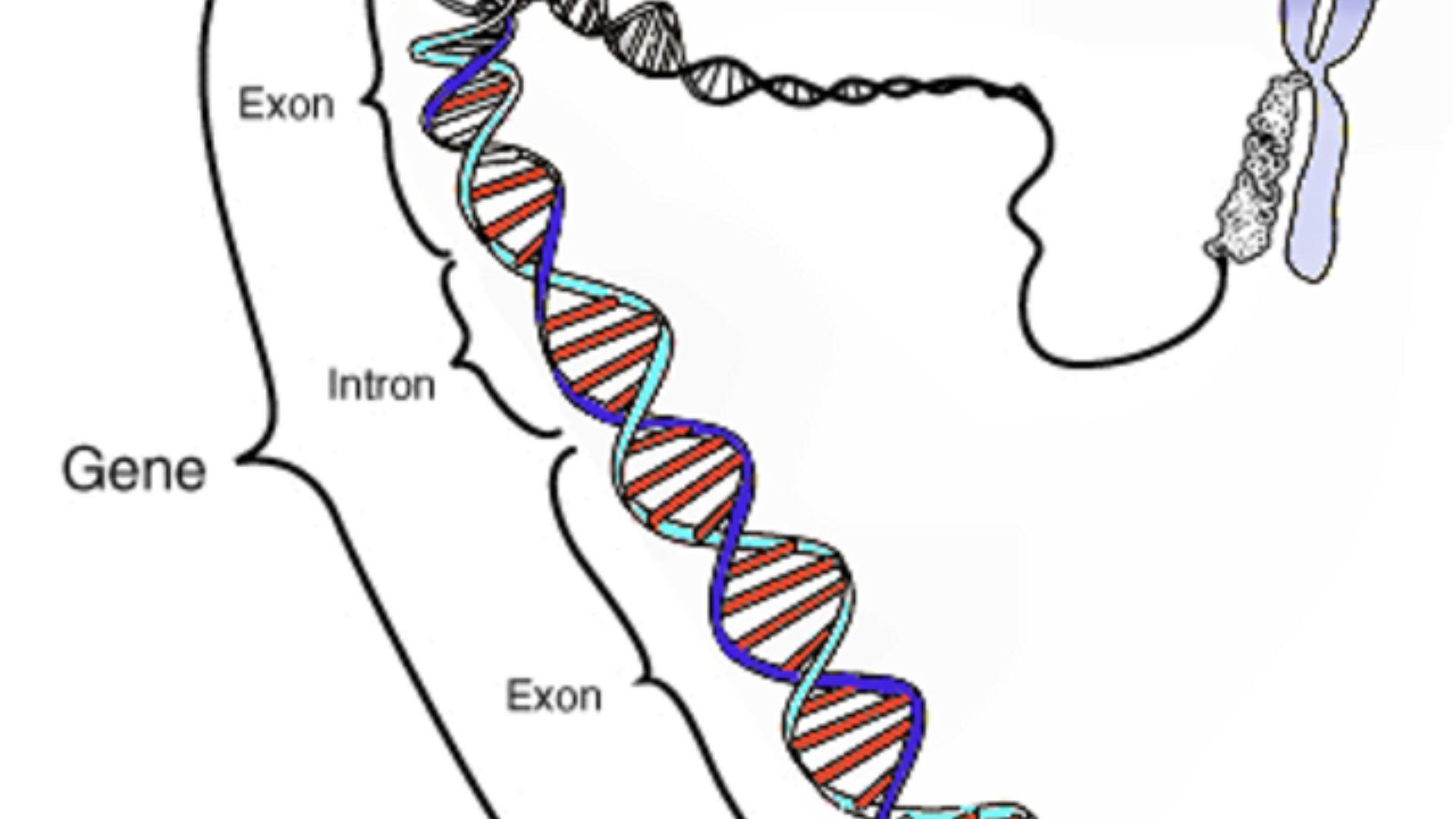
Source: National Human Genome Research Institute/Wikimedia Commons
The study found that a genetic code snippet known as AluY had previously been inserted into an early version of humans in pre-historic times.
The Findings Aren’t Necessarily the Answer
While this might be a major step forward in terms of figuring out why humans don’t have tails, the findings from the study don’t necessarily mean they’re accurate.

Source: TimVickers/Wikimedia Commons
Bo Xia, one of the geneticists involved in the study, stated there could have been other genetic changes that caused humans to lose their tails, but the findings at least offer one possible explanation.
Not Having Tails Might Have Helped Humans Survive
Another theory on the back of this one is that humans not having tails has helped them survive.

Source: Biswarup Ganguly/Wikimedia Commons
Miriam Konkel, a geneticist, also states in the study that not having a tail could have given humans a genetic advantage in terms of survival, but this isn’t a certainty.
Darwin’s Theory of Evolution Supports the Human Survival Theory
One part of Darwin’s Theory of Evolution is natural selection, whereby some variants of a species are better able to survive than others, due to certain genetic traits.
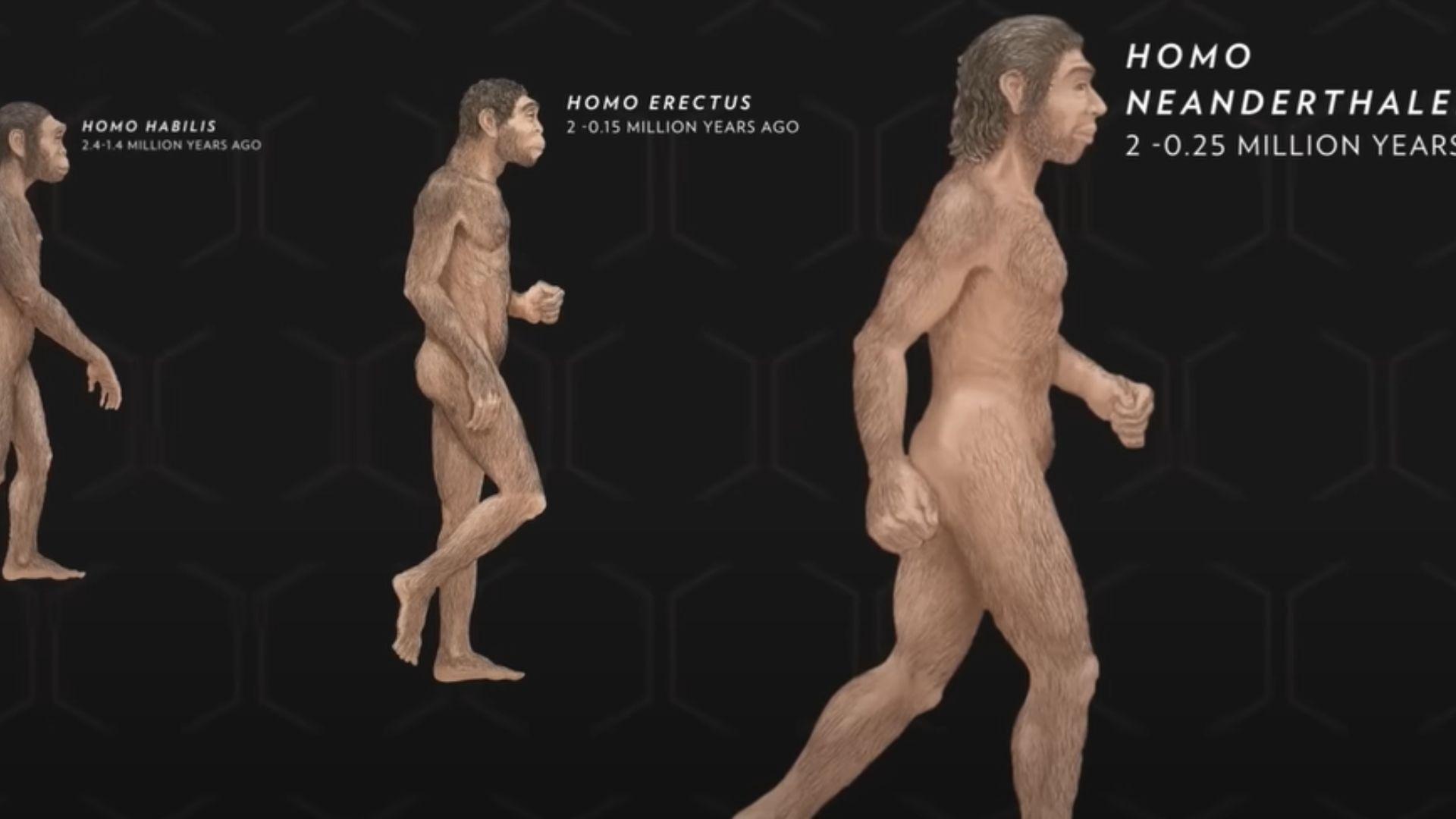
Source: National Geographic/YouTube
Due to this, one likely theory as to why humans were a version of apes to survive is because of not having tails, which may also be why humans can now walk upright.
Tails on Land Are a Liability
Monkeys living in trees and having tails is helpful, as it helps them move between and grab onto trees.
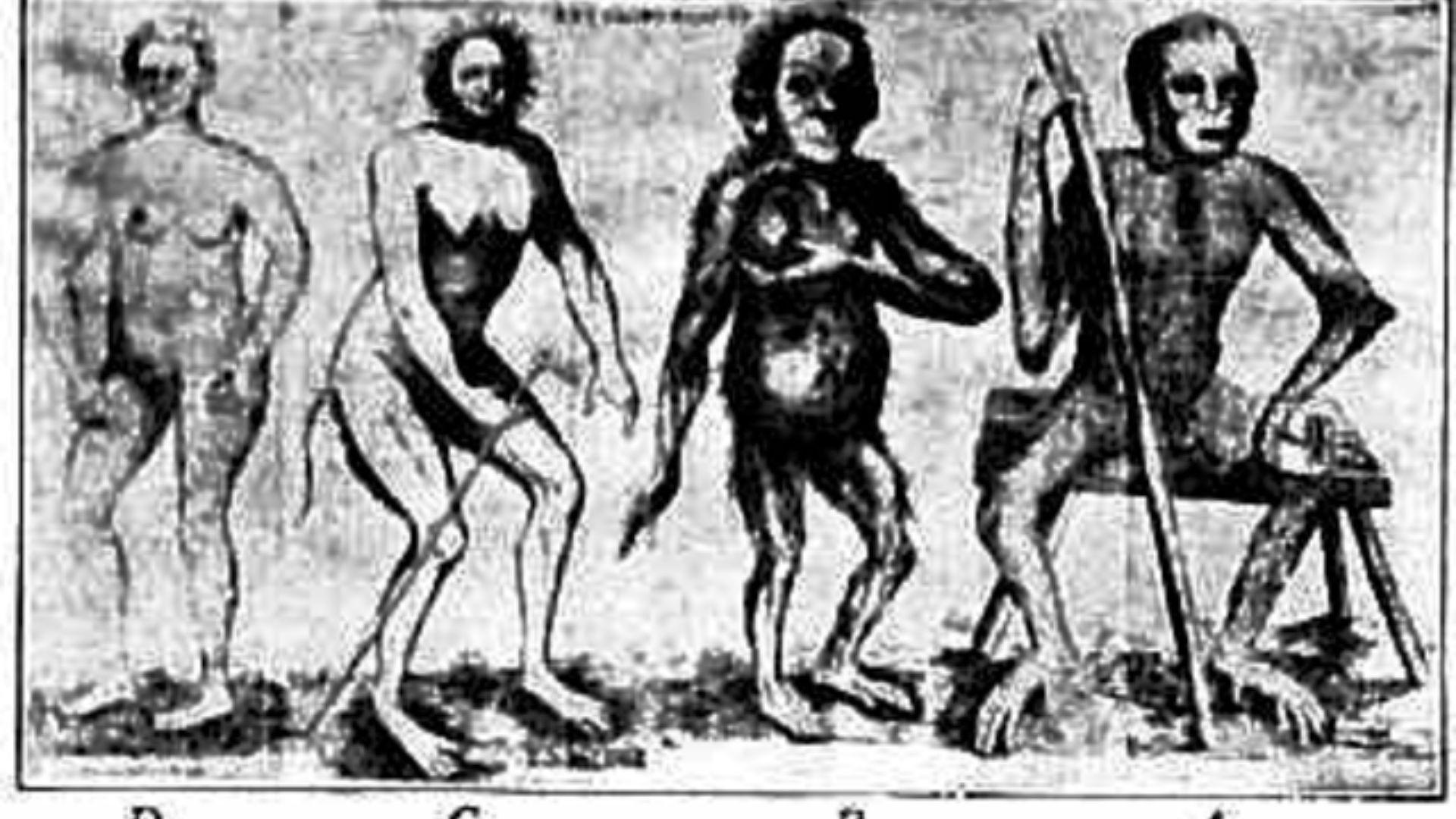
Source: Encyclopædia/Wikimedia Commons
However, as humans have no use for tails on land, having one would end up as more of a liability. (via The Independent)
The Theory Explains Neural Tube Defects
Not only does this recent discovery prove why humans don’t have tails, but it also gives some suggestions as to why some humans have neural tube defects.
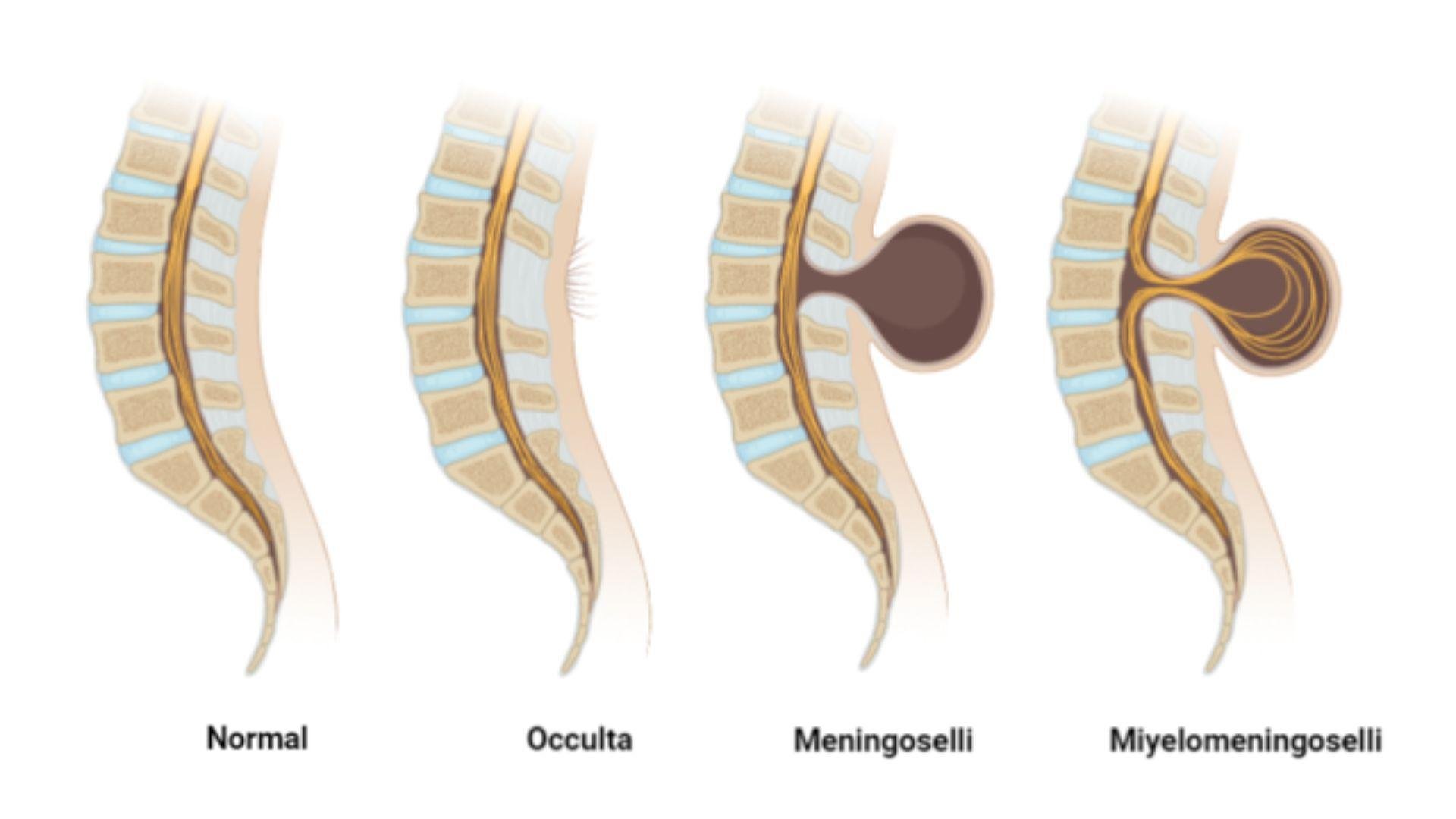
Source: Mirana Gavami/Wikimedia Commons
Neural tube defects can cause diseases like spina bifida, where the spine doesn’t properly align with the spinal cord, but it will take further studies to prove this.
